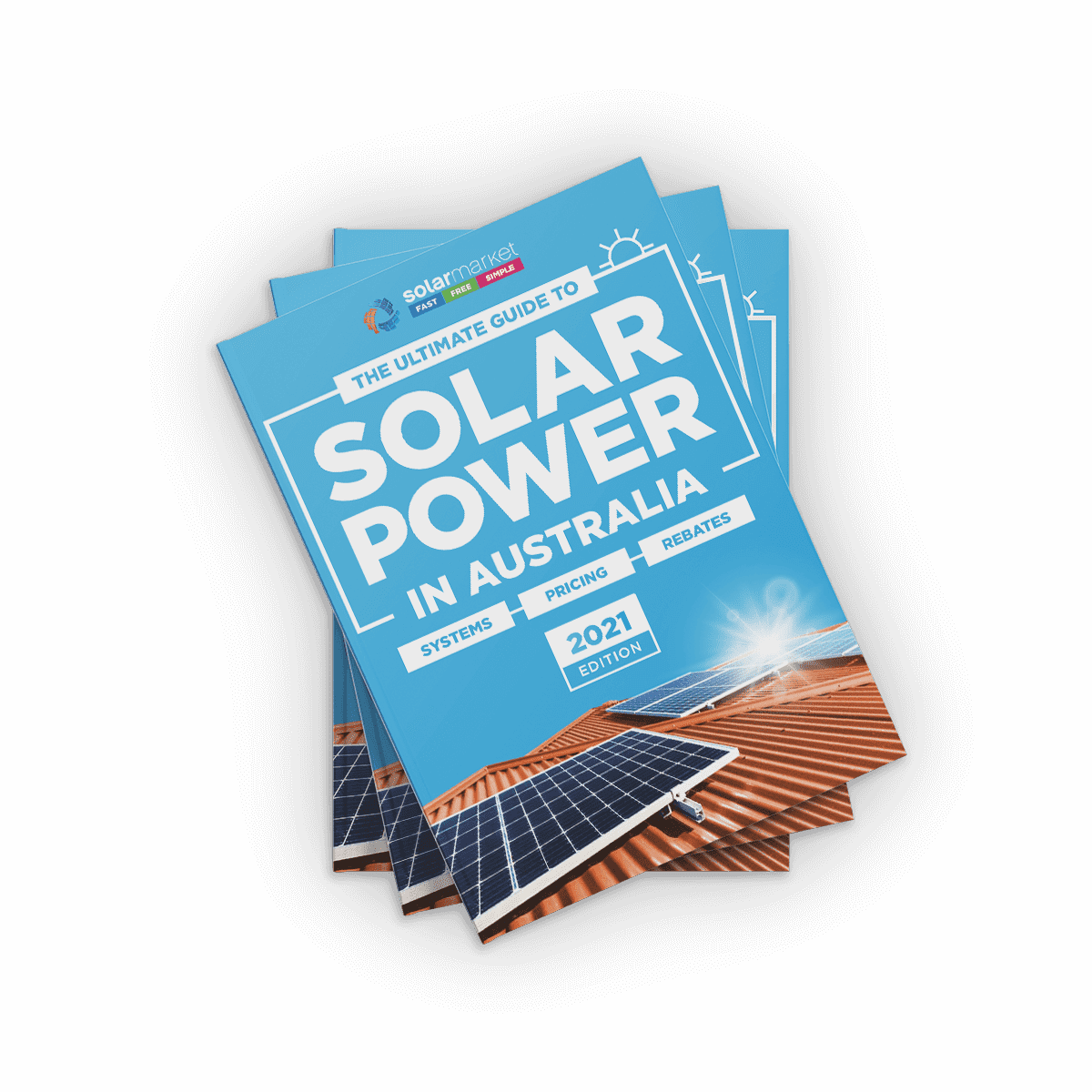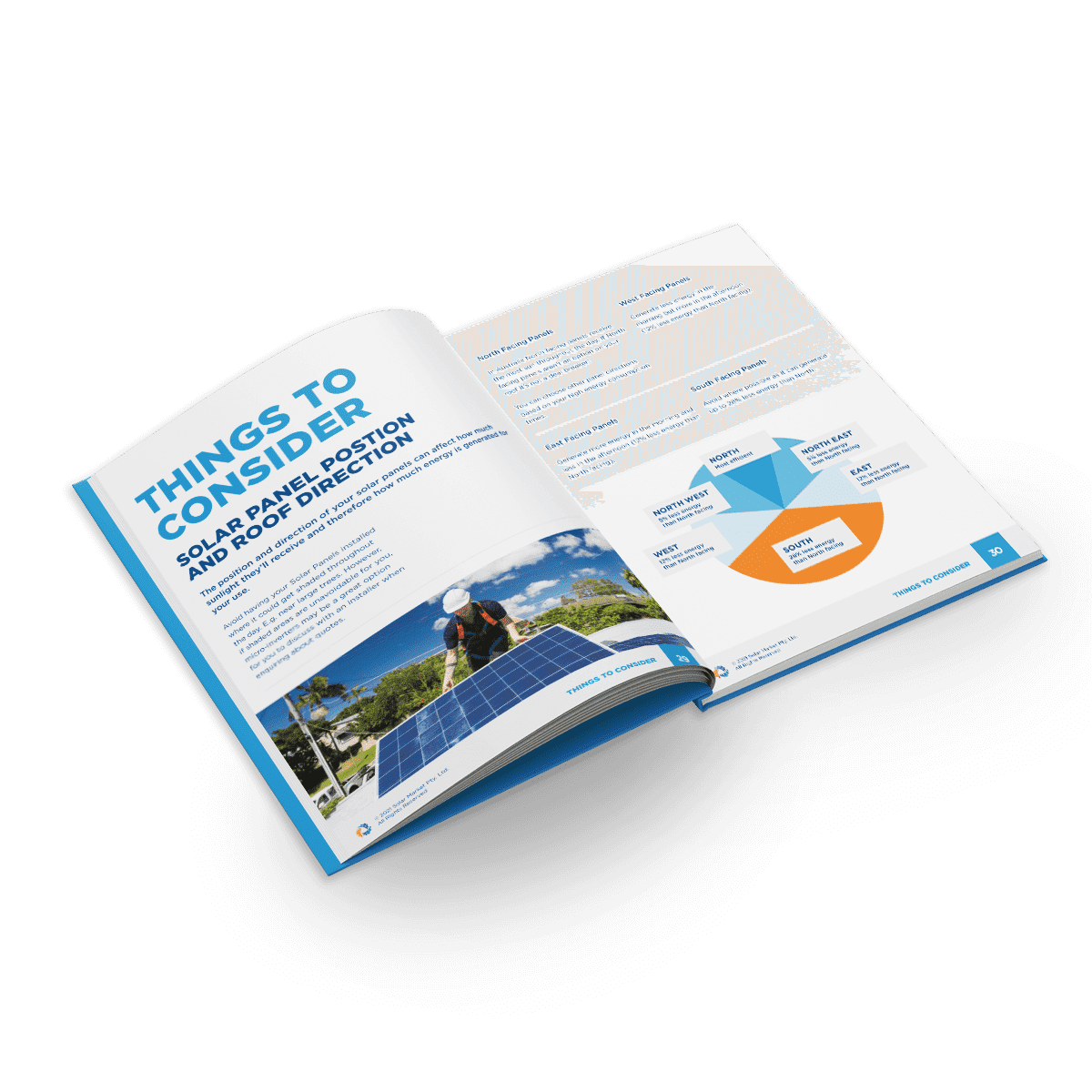We all know that sunlight can burn our skin and bleach our hair, but how does solar energy really work and how can we harness its power?
Solar energy can be converted from simple sunshine to electricity that can run our house. By transitioning to solar you could save thousands on simple electricity costs you may not have even noticed you have been accumulating! So how do we capture and use solar energy?
How Does Capturing Solar Energy Work?
Solar energy is the process of converting the light from the sun into electricity.
This electricity can be used to power our homes, or it can be exported to the electricity grid at a feed-in tariff price.
But how do we capture this thing called solar energy?
Solar energy can be captured, converted and utilised all by installing solar panels on your roof. Solar panels are made up of silicon photovoltaic (PV) cells. When sunlight hits these cells the solar PV absorbs the sunlight and electricity is produced.
If you are ready to install solar, Solar Market connects you with reputable solar installers within your region. Get 3 free quotes and start saving!
How Can Solar Energy Be Used?
The type of electricity solar panels produce is Direct Current (DC). Direct Current electricity unfortunately is not suitable to be used within our homes. So, how we change the current to something we can use?
All solar panel systems come with an Inverter. The job of an inverter is to change the Direct Current electricity produced from our solar panels and change it into an Alternating Current (AC). Alternating Current is what we use to power our homes and everything in our day to day lives.
Now that your electricity is ready for use, it needs to be directed to a switchboard where it then can be sent off to all of your appliances in your home. Although the switchboard will always use your solar energy first, it has the ability to access extra energy from the grid in the event that your solar production isn’t enough.
How Can I Sell My Unused Solar Energy?
When a solar panel system is installed in your home a bi-directional meter, or a utility meter, needs to be installed as well (your electricity supplier will do this for you).
This meter is used to record all power you draw from the grid and any power you export back to the grid. This is known as net-metering.
 Any unused solar energy that has been exported to the grid will earn you credit on your next electricity bill. This is called a feed-in tariff (FiT). Feed in tariff rates vary from state to state and energy provider to energy provider.
Any unused solar energy that has been exported to the grid will earn you credit on your next electricity bill. This is called a feed-in tariff (FiT). Feed in tariff rates vary from state to state and energy provider to energy provider.
Exporting unused solar energy to the grid and gaining feed in tariff rates can save you thousands of dollars over the course of your solar systems life span.
How Do I Install Solar So That I Can Utilise Solar Energy?
Interested in how you can use solar to power your home? We have provided you an estimated price list per solar panel system size.
| System Size | Price Estimates |
|---|---|
| 1.5kW system | $2,510 – $4,860 |
| 3kW system | $2,550 – $6,950 |
| 4kW system | $3,190 – $7,930 |
| 5kW system | $3,120 – $9,510 |
| 6kW system | $3,470 - $10,990 |
| 7kW system | $5,160 – $10,990 |
| 10kW system | $7,660 – $14,100 |
- Updated May 2023
Now that you know everything about how solar energy works, Solar Market can match you with 3 CEC accredited local solar installers so you can choose the right solar option for you. We provide a free unbiased service, that connects you with the right information and the right installers to help you make the most of solar energy!
Summary
Solar energy is the process of converting sunlight into electricity that can power our homes. This renewable energy source can be harnessed by installing solar panels on your roof, which are made up of silicon photovoltaic (PV) cells.
When sunlight hits these cells, they absorb the light and generate electricity. The electricity produced by solar panels is in the form of Direct Current (DC), which needs to be converted into Alternating Current (AC) using an inverter to be used in our homes.
The AC electricity is then directed to a switchboard and distributed to the appliances in our homes. Excess solar energy can be exported back to the grid, earning credits through a feed-in tariff. By installing solar panels, you can save on electricity costs and contribute to a more sustainable future. Solar Market connects individuals with reputable solar installers to obtain three free quotes and find the right solar option for their needs.










